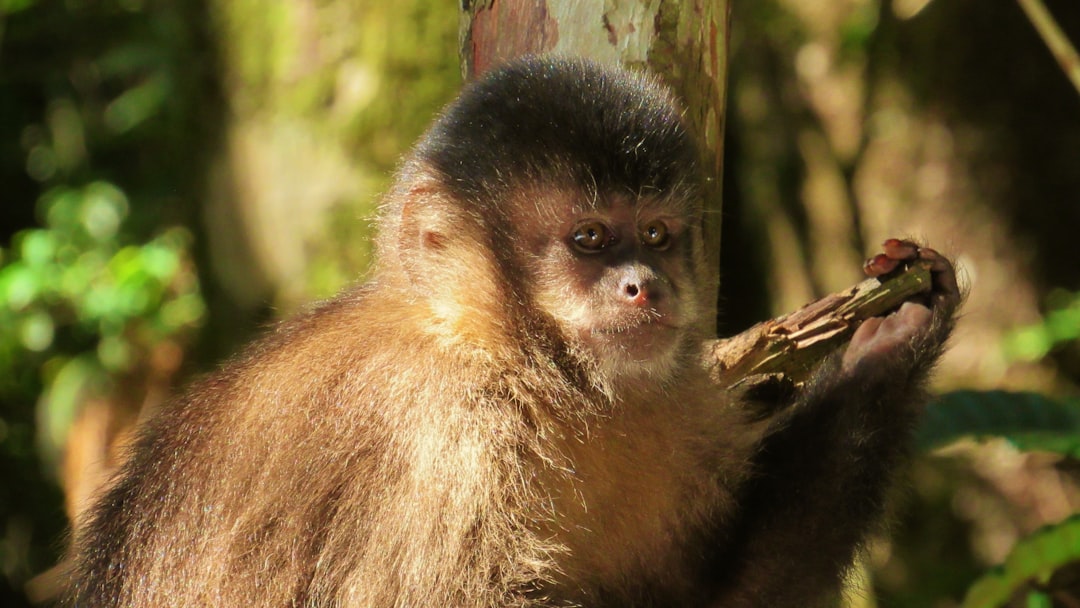What is it about?
We identified dynamin by cloning, Western blotting, and immunodetection in confocal and electron microscopy. The partial genes, which we have designated ParDyn1 and ParDyn2, are 1091 bp long, 90% identical to one another and encode the N-terminal and middle domains of Paramecium dynamin isoform 1 and isoform 2. Antibodies generated against the cloned GTPase domain revealed dynamin association with endosomes containing transferrin, the marker of receptor-mediated endocytosis.
Featured Image
Why is it important?
The deduced amino acid sequences contain all three guanosine 5′-triphosphate (GTP)-binding motifs and show 67% homology to mammalian dynamins. Dynamin level was correlated with the internalization of transferrin and it was significantly decreased upon inhibition of this process. Immunogold labeling in electron microscopy revealed colocalization of dynamin and clathrin in coated pits and endocytic vesicles
Perspectives
These results indicate that dynamin- and clathrin-dependent pathway exists in this evolutionary ancient cell.
Professor Elzbieta Wyroba
Nencki Institute of Experimental Biology
Read the Original
This page is a summary of: Dynamin- and clathrin-dependent endocytic pathway in unicellular eukaryote Paramecium, Biochemistry and Cell Biology, October 2004, Canadian Science Publishing,
DOI: 10.1139/o04-098.
You can read the full text:
Contributors
The following have contributed to this page










